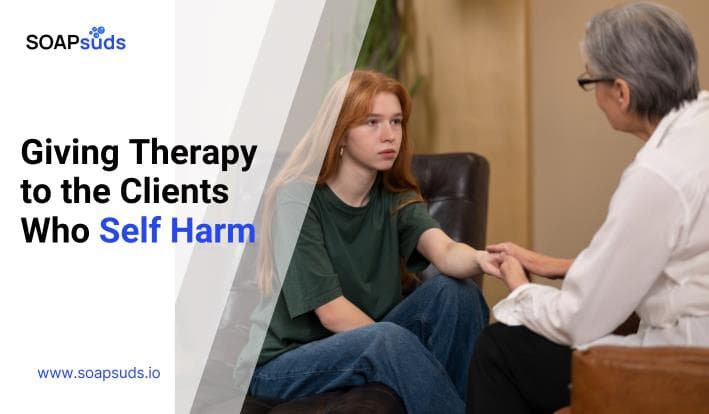Understanding Self Harming Behavior in Clients
SOAPsuds team
Published: 7/7/2025
SOAPsuds team
Published: 7/7/2025

Delivering quality healthcare today depends on smooth EMR/EHR data sharing and connectivity among devices...

As a healthcare provider in the United States, knowing the International Classification of Diseases...

A landmark study by the journal of science in 2019, Science reported that an algorithm...

In-person conversations and written communication are fundamentally different. When speaking face-to-face, we often include...

Self-harming behavior in clients can be one of the hardest challenges a therapist may face.

The dental field is on the verge of a major transformation, with AI-powered solutions...
Clinical Notes
SOAP notes
DAP notes
AI medical notes